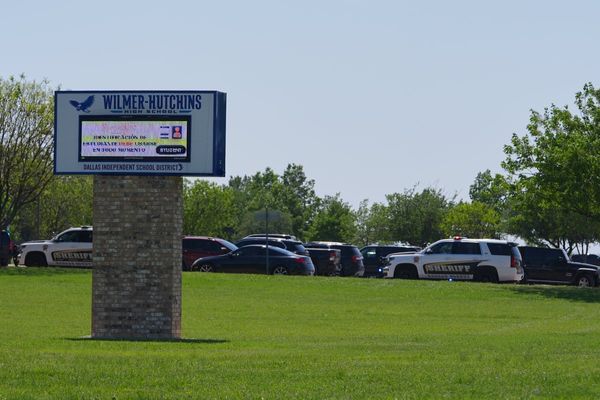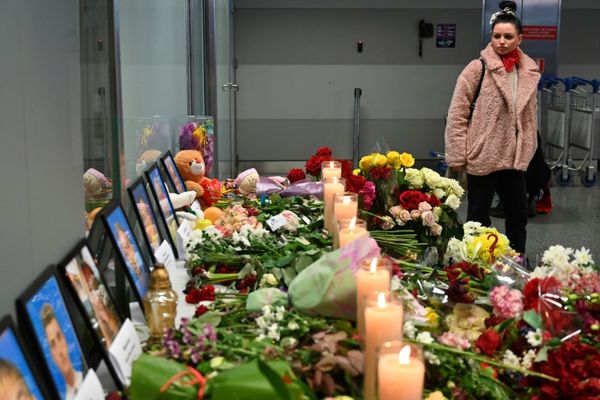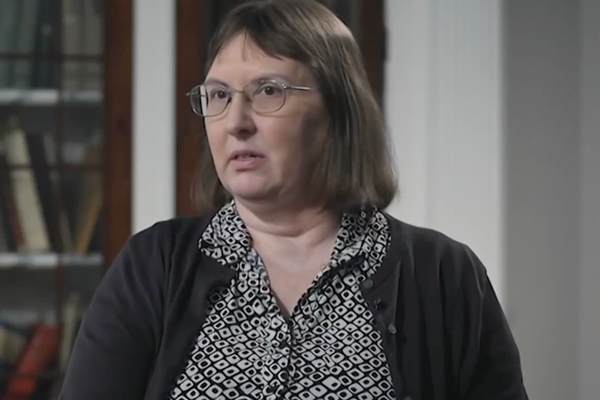
Dame Sally Davies has a straightforward message about the coming year. We face a growing antibiotic emergency that could have devastating impacts on men, women and children across the globe, she says.
Davies, a former chief medical officer for England, has become a leading advocate for global action to fight the scourge of superbugs.
She told the Observer that there is a real danger that routine procedures – from surgery to childbirth – could carry widespread life-threatening risks because of the spread of bacteria that possess antimicrobial resistance (AMR). “About a million people die every year because of the spread of microbial resistance, and that figure will rise over the next 25 years,” she said. “It is really scary.”
Estimates suggest that by 2050, death rates from AMRs will have doubled, with figures indicating almost 40 million people will lose their lives to superbugs over the next 25 years, with elderly people especially at risk.
“Recent data shows AMR is going down in the under-fives, which is good news. For the over-70s, mortality rates have gone up 80% since 1990; that is very concerning.”
As the population ages, more people are living with chronic disease and that makes them more vulnerable to AMR, researchers have argued.
In the face of these threats, doctors have tried to limit prescriptions of antibiotics as much as possible while patients have been pressed to complete courses of treatments. However, medical misuse of antibiotics is not the only route by which resistance spreads. The landscape itself plays a critical role, a problem that stems from the fact that about 70% of all antibiotics are given to livestock, creating a pool of animals in which resistance can evolve.
“We’re essentially throwing antibiotics at cows and chickens and sheep as cheap alternatives to giving them growth promoters or prophylactics to prevent the spread of disease,” said Davies. Such actions help microbes to evolve, so they develop the ability to ward off antibiotics, resistance that then spreads across the globe.
“If you’ve got intensive farming where a lot of antibiotics are used or a busy hospital that has a poor sewage system, resistant bacteria can get into waterways,” added Davies. “Winds blow over these patches of contaminated land or water and pick up bacteria and genes with resistance in them, then let them rain down in other places. That is how pernicious this problem has become.”
The reason AMRs spread is a simple matter of the survival of the fittest, added Davies. “Bacteria take about 20 minutes to multiply. They also mutate a great deal, and if they do so in the presence of antibiotics and that mutation protects them, these strains will multiply. Crucially they can pass that on to any bacteria with which they make contact.”
The ease with which AMR spreads means it is becoming more and more important that we do not misuse the antibiotics we possess. It also generates a need for new antibiotics to be developed - and again this raise problems, said Davies.
“We’ve had no new classes of antibiotics come into routine use since the late 80s and the market model that would promote the creation of new ones is broken. If you develop a new antibiotic, it might be used by someone for a weekly course once a year. Where’s the profit in that?”
“By contrast, blood pressure drugs that have to be taken every day, or cancer drugs that have to be administered for months, offer pharmaceuticals far greater profits. So there is no incentive for them to try to develop new antibiotics. It is a real headache.”
The problems that lie ahead in dealing with AMR are not insurmountable, Davies insists, but they must be addressed with an increased sense of urgency. The G7 forum of industrialised nations has at least recognised the crisis. However, there is still a lack of adequate action and that needs to be tackled as an imperative in the coming year, she insists.







